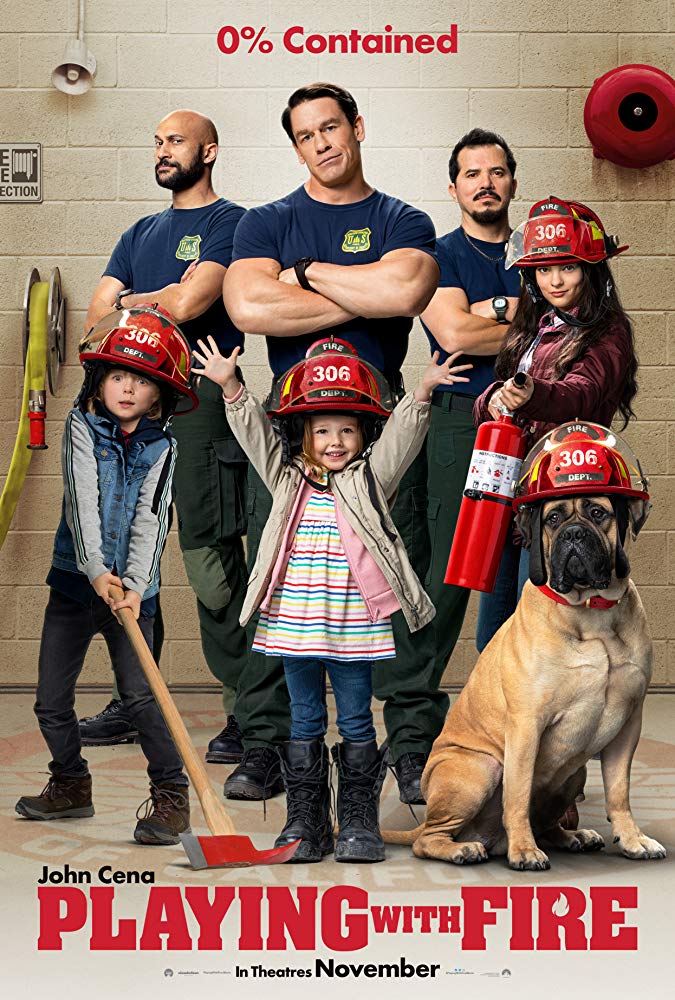
By Dr. Ted Baehr, Publisher
Viewing Summary (ages 3-7):
- stories with a straight-forward plot
- detailed fables with colorful characters
- storylines with some conflict and resolution (with a moral)
- dramas with music and song that utilize their imagination (but not magic)
- inspirational, real life stories with characters their age
- real characters who solve problems similar to their own
Genre
Most kindergartners and first graders love stories about real life children who, like themselves, are members of a family and are experiencing school and friends and learning about the intricacies of life.
- Animated BAMBI, CHARLOTTE’S WEB, DUMBO, PINOCCHIO
- Comedy FOLLOW THAT BIRD, THE LOVE BUG, POLLYANNA
- Fantasy MUPPET CHRISTMAS CAROL, THE PRINCESS BRIDE
- Musical THE SOUND OF MUSIC, SONG OF THE SOUTH, ANNIE
- Nature BORN FREE, LASSIE, SWISS FAMILY ROBINSON
ACCESS
Media Awareness:
What is scary?
Comfort children by making them aware of how the media uses special effects and by discussing frightening scenes in a video or program.
- What was scary about it?
- How did the filmmaker create the scary effect?
- Were special effects used?
To make a scene scary, filmmakers create illusions with special effects. It is a good idea to help the children differentiate between real and pretend with use of special effects and costuming. Give them background schema to defend themselves from the horrid images that they are faced with in modern society and the evening news. Role playing and games that include making and dressing up as another person or character give children experiences they can trust and understand. You don’t need to use gory make-up and Halloween costumes to make this point clear.
Discussion:
Realize what you advertise
Parents serve as a model for correct behaviors and attitudes. Child watch parents curiously and adopt their attitudes about the mass media. As these behaviors develop into the healthy habits of their children, the children will develop discerning hearts through the God’s grace.
Discuss all areas of the media to help children build the foundation for understanding as they grow. Parents are children’s best role model.
Listening:
Musical chairs
Young children love to move, and often a video program with a strong musical element brings this out. After viewing a program together, ask your children if they can sing a song or tune that represents the character or the character’s mood?
As an alternative, have children do dances to music in the video, such as a Mexican hat dance or choreography their own movements from slow calm to fast and exciting music. The Symphony version of “Peter And The Wolf” is a good example of music, setting, and character development.
Pages come to life
A wonderful way to increase a child’s ability to listen is to read to them and let them read to their parents. Parents don’t realize how much passive listening is taught to children. Parents may listen to their children’s stories while watching television or while driving down the road with the radio blaring. These activities reinforce the ability to choose what to hear and what to factor out of our thoughts.
When parents read with their children, they need to turn the television off.
The best way to know if a child is listening is to ask each other questions about the story. If a child asks good questions, then he listened and understood the story.
*Editor’s Note: These articles are adapted from Dr. Ted Baehr’s THE CULTURE WISE FAMILY book. You can buy a copy from www.movieguide.org or on Amazon.



 - Content:
- Content: 

